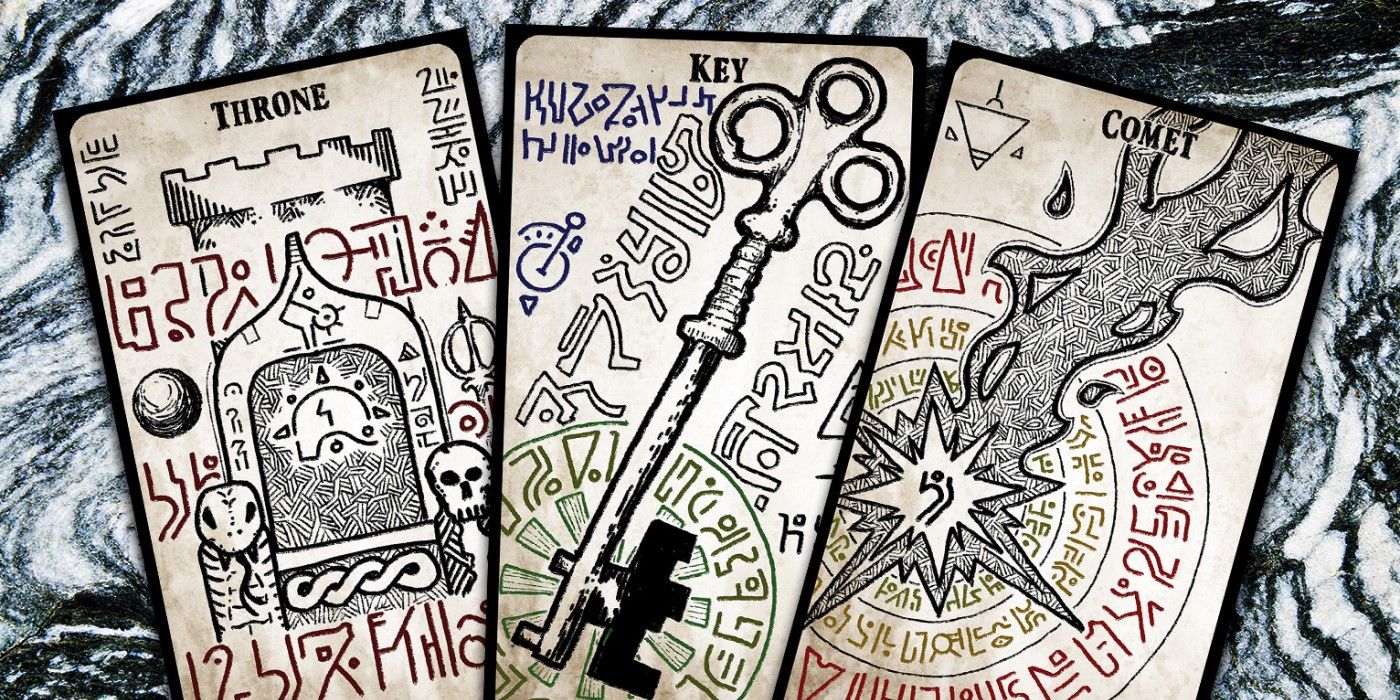Dungeons & Dragons is full of obscure rules and interesting mechanics that DMs will try once and never use again. One of the best things about Dungeons and Dragons is the amount of control Dungeon Masters have over a campaign, including the rules. While the rulebooks are lengthy and detailed, DMs are given the freedom to apply them however they wish.
Sometimes a rule seems logical in the book but doesn’t make sense in the context of a game. Other Dungeons & Dragons rules are so frustrating to players that DMs ignore them entirely. Frequently, game mechanics seem fun in theory but are a nightmare to deal with in practice.
Every Dungeons & Dragons campaign is unique, and the rules are always going to vary among different DMs, but some game mechanics are universally annoying. Here are four D&D rules that DMs should only use once.
D&D Rule: Attacking From Stealth
One rule in Dungeons & Dragons that many players hate involves attacking from stealth. In the D&D RAW (rules as written), when a player attacks from stealth, their location will be instantly revealed to their target. While this makes sense for melee attacks, it also applies to ranged and magical attacks, and players don’t even get a chance to make a saving throw. DMs should use their best judgment, and perhaps allow players to roll to re-hide themselves if their target is distracted or facing in another direction.
D&D Rule: Copying Spells
In Dungeons and Dragons, wizards learn new spells by writing them down in a spellbook. The rules state that wizards can only copy down a spell if the wizard is a high enough level to use that spell. This means if a level 6 wizard is in a dungeon and finds a level 7 spell carved into the stone wall, they’re unable to write it down in their spellbook to use later, and essentially lose that spell forever (unless they feel like hiking back to that dungeon at a higher level). A judicious Dungeon Master will use this rule sparingly if they don’t want to frustrate their wizard players.
D&D Rule: Brown Mold
Brown mold is a tricky little environmental hazard in Dungeons & Dragons that grows in response to heat. Brown mold is immune to fire, and any source of fire brought within five feet of it causes it to instantly expand outward in the direction of the fire, covering a ten square foot area with the source of the fire at the center.
The effect continues as long as there is fire nearby, so a single tiny patch of brown mold could theoretically expand indefinitely with enough fire. This odd D&D mechanic could lead to scenarios such as players accidentally tracking brown mold spores into the fire plane and nuking it out of existence.
D&D Rule: The Deck of Many Things
The Deck of Many Things is a magical item that Dungeon Masters and players both hate and love in equal measure. It’s basically a deck of cards, and every card has a different magical effect, some extremely positive and some extremely negative. Neither the DM nor the player can predict how the cards will affect the game, and the whole campaign could be thrown off-balance by characters being insta-killed or suddenly becoming insanely powerful. This is one of those mechanics that seem fun at first, but many experienced D&D DMs learn their lesson and don’t use it twice.
D&D has an expansive library of rulebooks to guide a campaign, but Dungeon Masters get the final say in which rules are applied and when. Having the flexibility to scrap a rule, item, or game mechanic at-will is one of the best parts of being a DM, and should be used to ensure players have the best Dungeons and Dragons experience.





